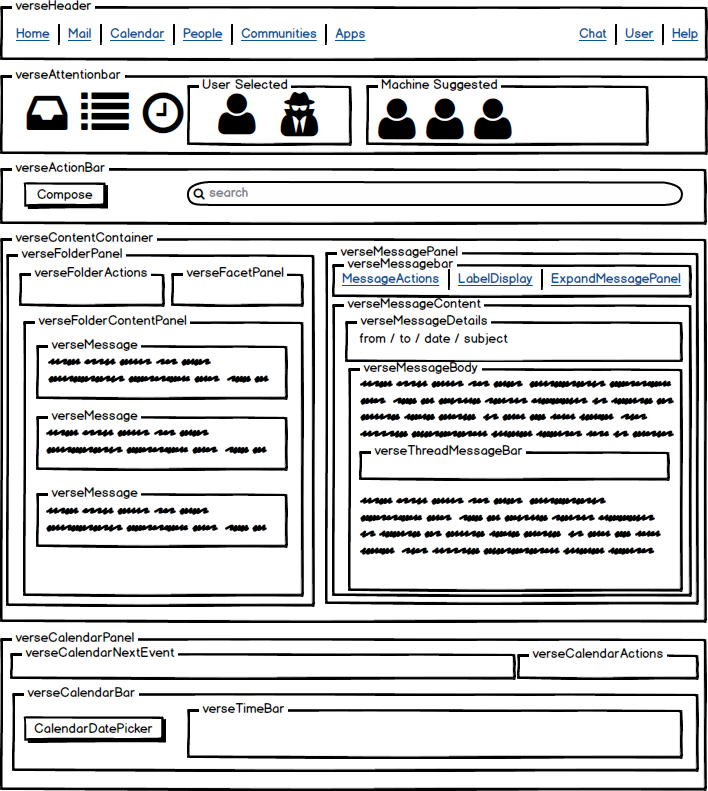It is
a decade since Amazon pioneered cloud as a computing model. Buying ready made applications (
SaaS) enabled non-IT people to quickly accquire solutions IT, starved of budget, skills and business focus, couldn't or didn't want to deliver. Products like Salesforce or Dropbox became household brands.
But the IT departments got a slice of cloud cake too in form of
IaaS. For most IT managers IaaS feels like the extension of their virtualization stragegy, just running in a different data center. They still would patch operating systems, deploy middleware, design never-to-fail platforms. They are in for an
awakening.
Perched in the middle between SaaS and IaaS you find the cloud age's middleware:
PaaS. PaaS is a mix that reaches from almost virtual machines like
Docker to compute plaforms like IBM Bluemix runtimes, Amazon Elastic Beanstalk, Google Compute Engine all the way to the new Nano services like
AWS Lambda,
Google Cloud Functions or IBM
OpenWhisk. Without closer inspection a middleware professional would sound a sigh of relief: middleware is here to stay.
Not so fast! What changed?
There's an old joke that claims, IBM WebSphere architecture allows to build one cluster to run the planet on and to survive mankind running. So the guiding principles are: provide a platform for everything, never go down. We spend time and time (and budget) on this premise: middleware is always running. Not in the brave new world of cloud. Instead of having one rigid structure that runs and runs, a swarm of light compute (like WebSphere Liberty) does one task each an one task can run on a whole swarm of compute. Instead of robust and stable these systems are
resilient, summed up in the catch phrase: Fail fast, recover faster.
In a classical middleware environment the failure of a component is considered catastrophic (even if mitigated by a cluster), in a cloud environment: that's what's expected. A little bit like a bespoke restaurant that stays closed when the chef is sick vs. a burger joint, where one of the patty flippers not showing up is barley noticeable.
This requires a rethink: middleware instances become standardized, smaller, replaceable and repeatable. Gone are the days where one could spend a week installing a portal (as I has the pleasure a decade ago). The rethink goes further: applications can't be a "do-it-all" in one big fat junk. First they can't run on these small instances, secondly they take to long to boot, third they are a nightmare to maintain and extend. The solution is DevOps and Microservices. Your compute hits the memory or CPU limit? No problem, all PaaS platforms provide a scale out. Its fun to watch in test how classic developed software fails in these scenarios: suddenly the Singleton that controls record access isn't so single anymore. It has evil twins on each instance.
Your aiming at 99.xxx availability? The classical approach is to have multi-way clusters (which at the end don't do much if the primary member never goes down). In the PaaS area: have enough instances around. Even if an individual instance has only 90% availability (a catastrophic result in classic middleware), the swarm of runtimes at a moderate member count gets you to your triple digits after the dot. You can't guarantee that Joe will flip the burgers all the time, but you know: someone will be working on any given day.
And that's the cloud awakening: transit from solid to resilient*, from taking for granted to work with what is there - may the howling begin.
* For the record: How many monarchs, who had SOLID castles are still in charge? In a complex world resilience is the key to survival
